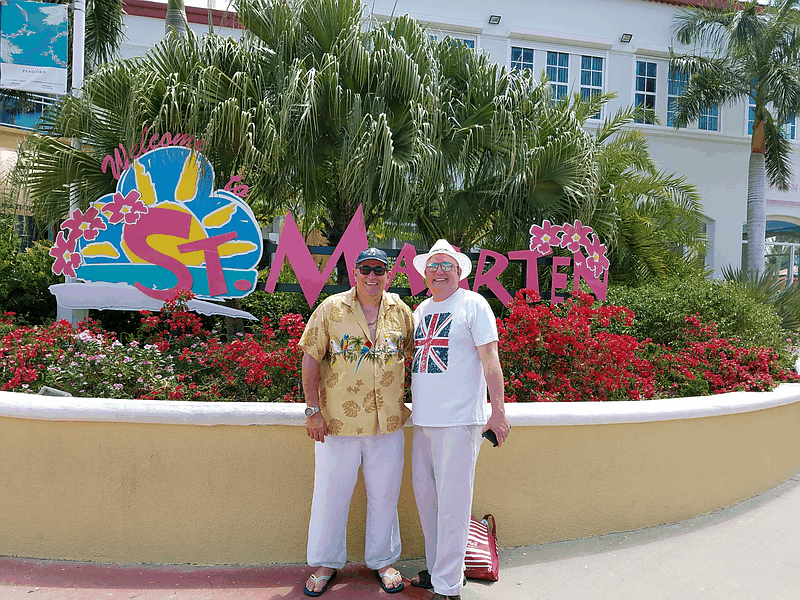St. Martin
St. Martin, the Dutch side of the island of St. Maarten, is the smallest island in the world to be split between two countries. The current boundary was a result of a number of wars between Holland and France. All one needs to do is visit the island to understand why both countries were willing to fight over it. St. Martin is one of the most beautiful islands in the Caribbean. It is also strategically located in the Northeastern part of the Windward Islands. It is definitely a place worth visiting. We have traveled to St. Martin three times, each time in the spring. First in 2007, again in 2017, and recently in 2024. The best way to get here is via cruise ship, but the airport is also quite busy and easy to get to non-stop from a number of airports in the U.S., Canada, and the EU.
 |
Long before European arrival, St. Martin was home to Indigenous peoples, including the Arawak, Carib, and Taíno. These groups lived off the land and sea, cultivating crops, fishing, and developing vibrant cultures. According to legend, Christopher Columbus discovered St. Martin in 1493 on the feast day of Saint Martin of Tours. Over the next 140 years, the Spanish, French, and Dutch all vied for control of the island and its resources. On March 23, 1648, the Treaty of Concordia was signed atop Mount Concordia, formally dividing the island. The Dutch received 16 square miles, while the French, being more powerful at the time, were granted 21 square miles. However, peaceful coexistence was not always the norm—the island changed hands 16 times between 1648 and 1816, with Britain occasionally asserting its own claims during this period. The 1700s saw the rise of sugarcane plantations, which tragically brought slavery to the island. Slavery was the most evil human conception ever, and it persisted until 1848 on the French side and 1863 on the Dutch side, when it was finally abolished. The economy suffered a downturn until 1939, when St. Martin was declared a free port, sparking a revival through trade. By the late 1950s, the island was one of the few in the Caribbean with an airport, and the 1960s ushered in a wave of hotels and cruise ship tourism, bringing significant economic growth. Today, St. Martin is a thriving and vibrant destination, drawing visitors from around the globe. |
   |
Link to the French Side - St. Maarten

Philipsburg - Spring 2007

Philipsburg - Spring 2017

Philipsburg - Spring 2024


